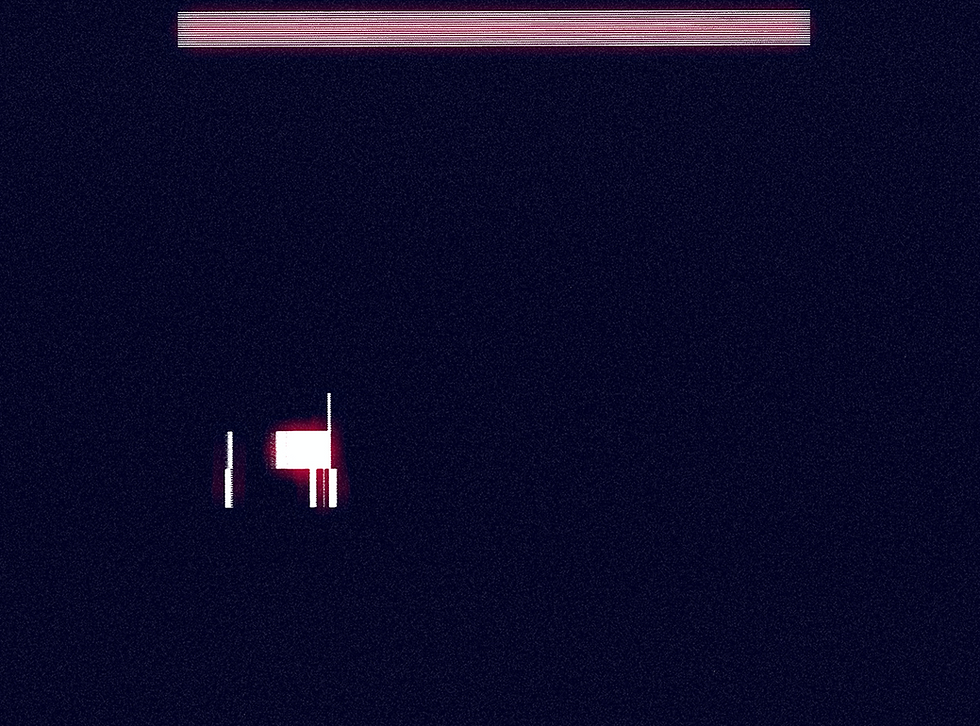Bxianuran generation
- Juliette Pénélope Pépin
- Jun 21, 2022
- 3 min read
Updated: Aug 29, 2023

Fig. 001 - Generated frog bodies, selection of 12 beings constituting Bxianuran specie.
Bxianuran is a fictional frog species from a post-atomic catastrophe era. It is the first visual manifestation of my (Juliette Pénélope Pépin) ongoing research on non-human mutants, their visual representations and their signification as post-human subjects.

Fig.002 - Generated frog bodies, non-exhaustive selection.
Bxianuran bodies (fig. 001) emerged from the artificial melting of a visual database of several frog bodies—alive, dead, sick, (fig.002) through a Style GAN. From this co-creation with an AI, I chose a series of 12 frogs that came closer to the writing (post 01) and the representation I had in mind while conducting my research. Those bodies are not radically mutant, they just show irregularities due to anthropogenic mutations, or, in other words, biological glitches. This choice is supported by my will not to represent mutation from a stereotypical perspective, but instead from an angle that respects a form of beauty in malformation, a sort of emancipation in biological non-conformity. This intention is also reinforced by a deep interest I have in Soft-sci-fi, a genre which offers an alternative to the macho-colonial tendencies of traditional sci-fi.

Fig.003 - Making of one Bxianuran 3d body.
Still, I needed to give Bxianurans a ‘real’ body and so I shaped the first body (fig. 003), from these 12 fictional frogs, in 3D. This is the body that can be seen in the New Art City gallery (fig. 004 - upcoming).
But so far, Bxianurans were naked, as the skin the AI gave them did not fully reflect my research and so I decided to create a series of skin.

Fig.005 - Excerpt from the skin database used to generate Bxianuran skin texture.

Fig.006 - Excerpt from the skin generated by a style GAN later to be assembled into Bxianuran skins.
Bxianuran skins were created using a similar AI melting technique as their body parts, yet, the assemblage of those generated textures into skins was done manually. A sort of reverse approach to the melting process. The skins are the result of a hybridisation of different frog skins and sea sponges, human skin and slimy non-humans (fig. 005) transformed by an AI (fig. 006) and assembled by a human (fig. 007). This seemingly random selection actually occurred on the occasion of a collaborative reflection on camouflage, phobias and social interaction in relation to skins and membranes. A different yet related project. This is an important process in my approach, although my work is research-based, the aesthetics do form through unexpected connections and unthought accidents. Bxianuran has no pretension to be a post-human body per se, nor is it a comment on radioactivity and mutation, instead, it is a manifestation of all aspects without a clear 'aim'. Bxianuran currently just exists, in the time and space of the residency, and maybe beyond.

Fig.007 - Closed-up sample of a Bxianuran skin.
Bxianuran skin and body meet in the digital space (Figure 008 - Upcoming), by applying the generated skin onto the 3D body. In contrast, they do not meet in the physical world as they can only be represented as dead artefacts – skin samples (bioplastic hydro prints) and clay models (Upcoming after online residency). Here, I am still trying to figure out why this distinction matters.
And so, Bxianuran is unfinished and open to the emotions and reactions initiated by its partial existence in the digital world. [Post in progress] Previous post on Bxianuran https://www.posthumanart.com/post/post-human-frog-bodies-working-title Project by Juliette Pénélope Pépin.
w: juliettepenelope.com / IG: jppg92


I just love this project